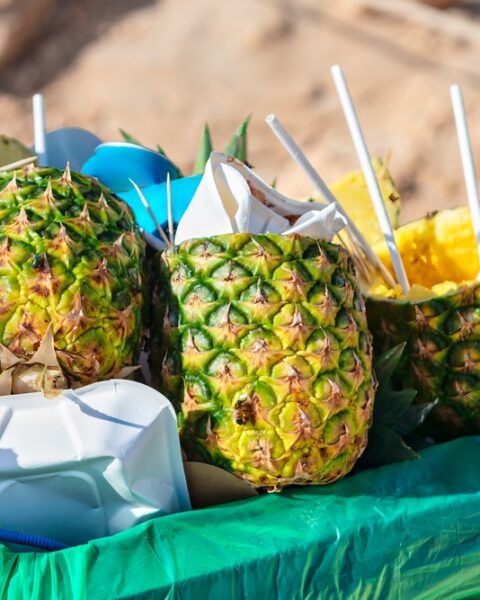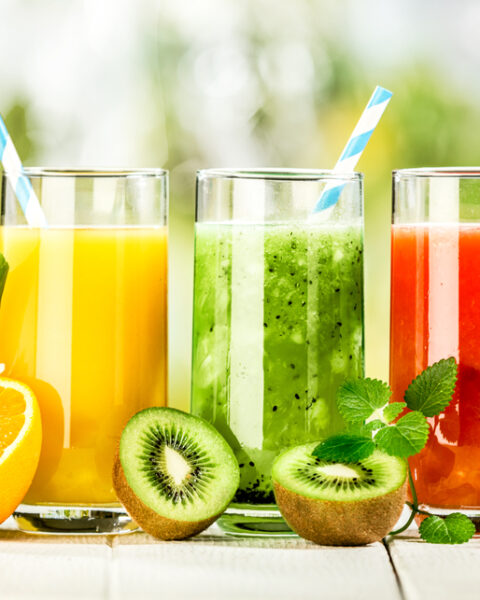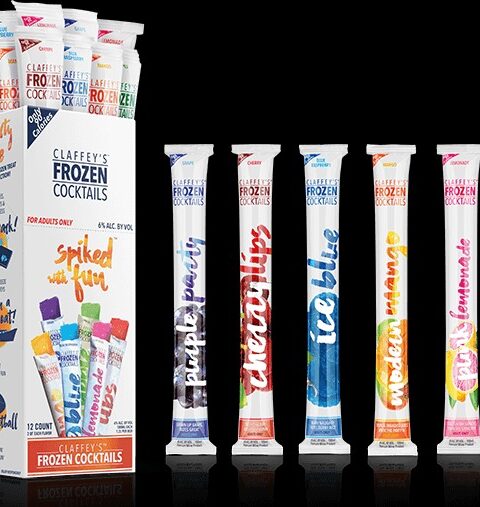Back in the day, energy drinks were all the rage, and brands were racing to create the next big thing. Some drinks became household names, but others fizzled out almost as quickly as they appeared. Whether it was strange flavors, poor marketing, or just bad timing, these drinks couldn’t keep up with the competition. Let’s take a nostalgic look at the energy drinks that had their moment in the spotlight but didn’t quite make the cut.
Contents
Josta
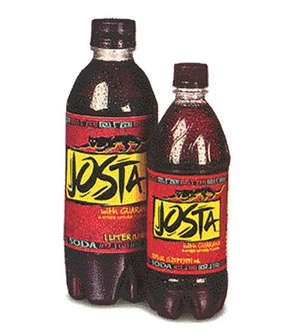
Introduced by PepsiCo in 1995, Josta was the company’s first energy drink, featuring guarana and caffeine. It was marketed with the slogan “better do the good stuff now,” aiming to appeal to a youthful demographic. Despite its unique flavor and early adoption, Josta struggled to gain a substantial market share. PepsiCo discontinued the beverage in 1999, shifting focus to other products. The drink has since maintained a cult following, with fans campaigning for its return.
Vault
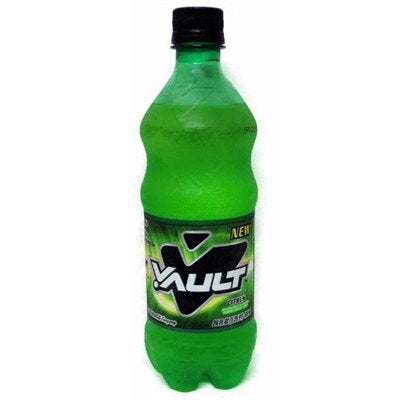
Launched by The Coca-Cola Company in 2005, Vault was promoted as a hybrid between a soda and an energy drink, with the tagline “Drinks like a soda, kicks like an energy drink.” It aimed to compete with PepsiCo’s Mountain Dew by offering a citrus flavor and higher caffeine content. Despite aggressive marketing and initial interest, Vault failed to secure a lasting consumer base. In 2011, Coca-Cola discontinued Vault in favor of reintroducing Mello Yello.
Four Loko (Original Formula)
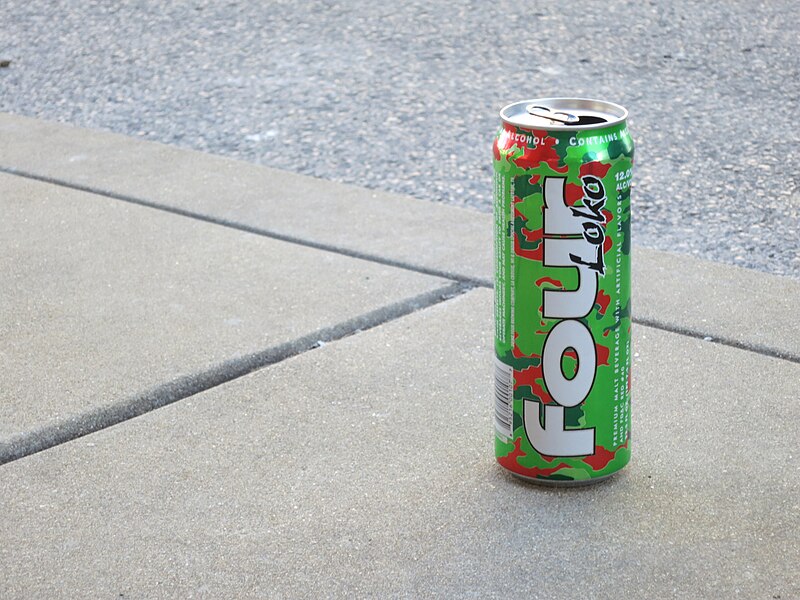
Debuting in 2005, Four Loko combined alcohol with caffeine, taurine, and guarana, marketed as an energy-boosting alcoholic beverage. Its high alcohol content and stimulants led to widespread misuse and health concerns, including hospitalizations. In 2010, the U.S. Food and Drug Administration issued warning letters, leading to the removal of caffeine, taurine, and guarana from the formula. The reformulated Four Loko remains available, but the original version was effectively banned.
Jolt Cola
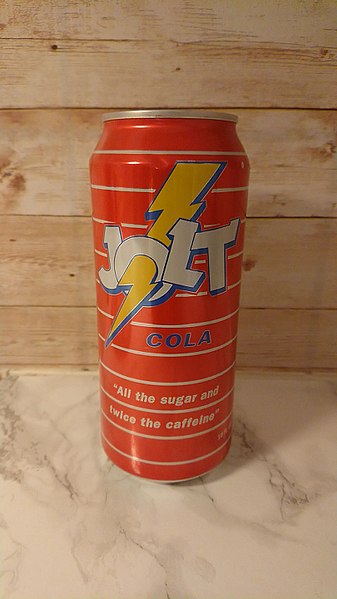
Introduced in 1985, Jolt Cola targeted consumers seeking a caffeine boost, with the slogan “All the sugar and twice the caffeine!” It gained popularity among students and professionals needing extra energy. Despite its initial success, Jolt Cola faced competition from emerging energy drinks and changing consumer preferences. Production ceased in 2019, marking the end of its run.
Full Throttle Energy Drink
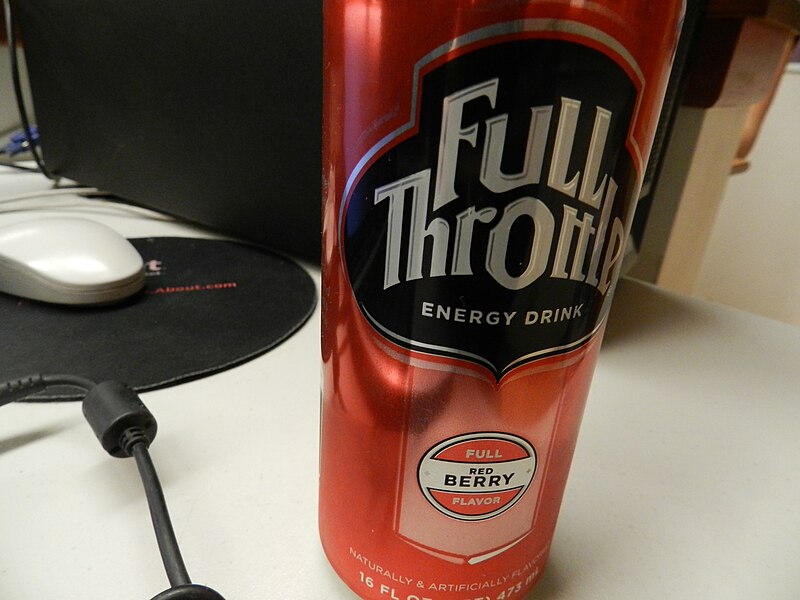
Launched by Coca-Cola in 2004, Full Throttle was marketed as a bold, high-energy drink for active, adventurous consumers. With flavors like Citrus and Blue Agave, it aimed to stand out in the competitive energy drink market. However, despite initial success, it struggled to compete with larger brands like Red Bull and Monster. As the market grew more crowded, Full Throttle couldn’t maintain its momentum, leading Coca-Cola to scale back its efforts, and the brand gradually faded from the mainstream.
Red Bull Simply Cola
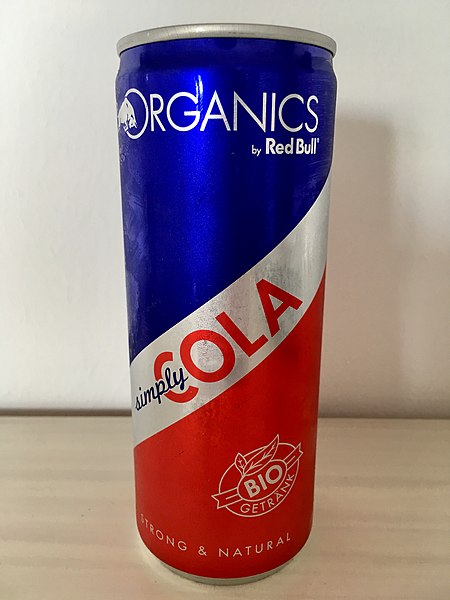
In 2008, Red Bull ventured into the cola market with Red Bull Simply Cola, a beverage made with natural ingredients. The product aimed to offer a more natural alternative to traditional colas, aligning with health-conscious trends. Despite Red Bull’s strong brand presence in the energy drink sector, Simply Cola failed to resonate with consumers. Sales were lackluster, leading to its discontinuation in several markets.
Cocaine Energy Drink
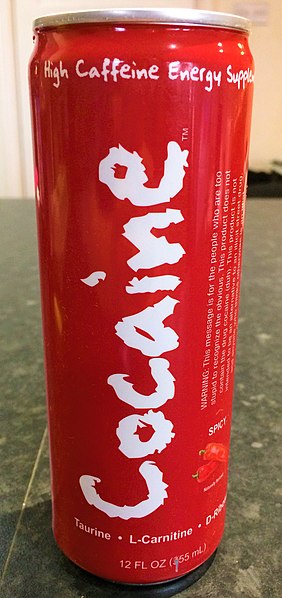
Launched in 2006, Cocaine Energy Drink garnered attention due to its provocative name and high caffeine content. The beverage claimed to provide an intense energy boost, appealing to thrill-seekers. However, the name sparked controversy, leading to scrutiny from regulatory bodies. Facing pressure, the company rebranded the drink as “No Name,” but it failed to gain traction and was eventually discontinued.
Tab Energy
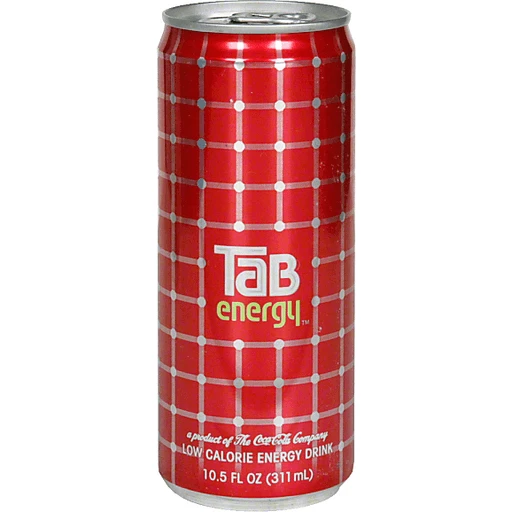
Capitalizing on the nostalgia for the original Tab soda, Coca-Cola launched Tab Energy in 2006, targeting calorie-conscious consumers, particularly women. The beverage featured a pink can and a lighter taste, aiming to appeal to a specific demographic. However, it failed to establish a strong market presence amid stiff competition. Coca-Cola discontinued Tab Energy in 2008, focusing on more successful brands.
Rockstar 2X Energy
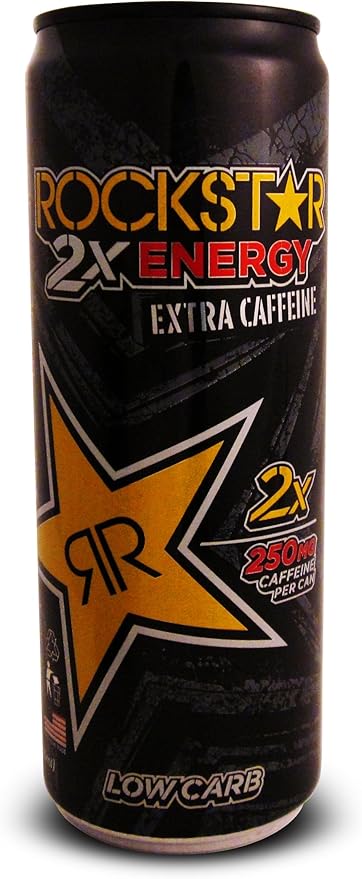
Rockstar introduced 2X Energy in 2010, boasting double the caffeine content of its regular energy drinks. The product targeted consumers seeking a more potent energy boost. However, concerns over excessive caffeine intake and potential health risks limited its appeal. Facing regulatory scrutiny and changing consumer preferences, Rockstar discontinued 2X Energy.
This article originally appeared on RetailShout.
More From RetailShout
Target’s 17 Latest Early Black Friday Deals You’ll Love

It’s that time of year again when big savings are everywhere, and Target is leading the way with early Black Friday deals. If you’re looking to get ahead on your shopping list or treat yourself to something special, these offers are too good to pass up. Read More.
11 Best Aldi Chocolates You Need to Try Right Now
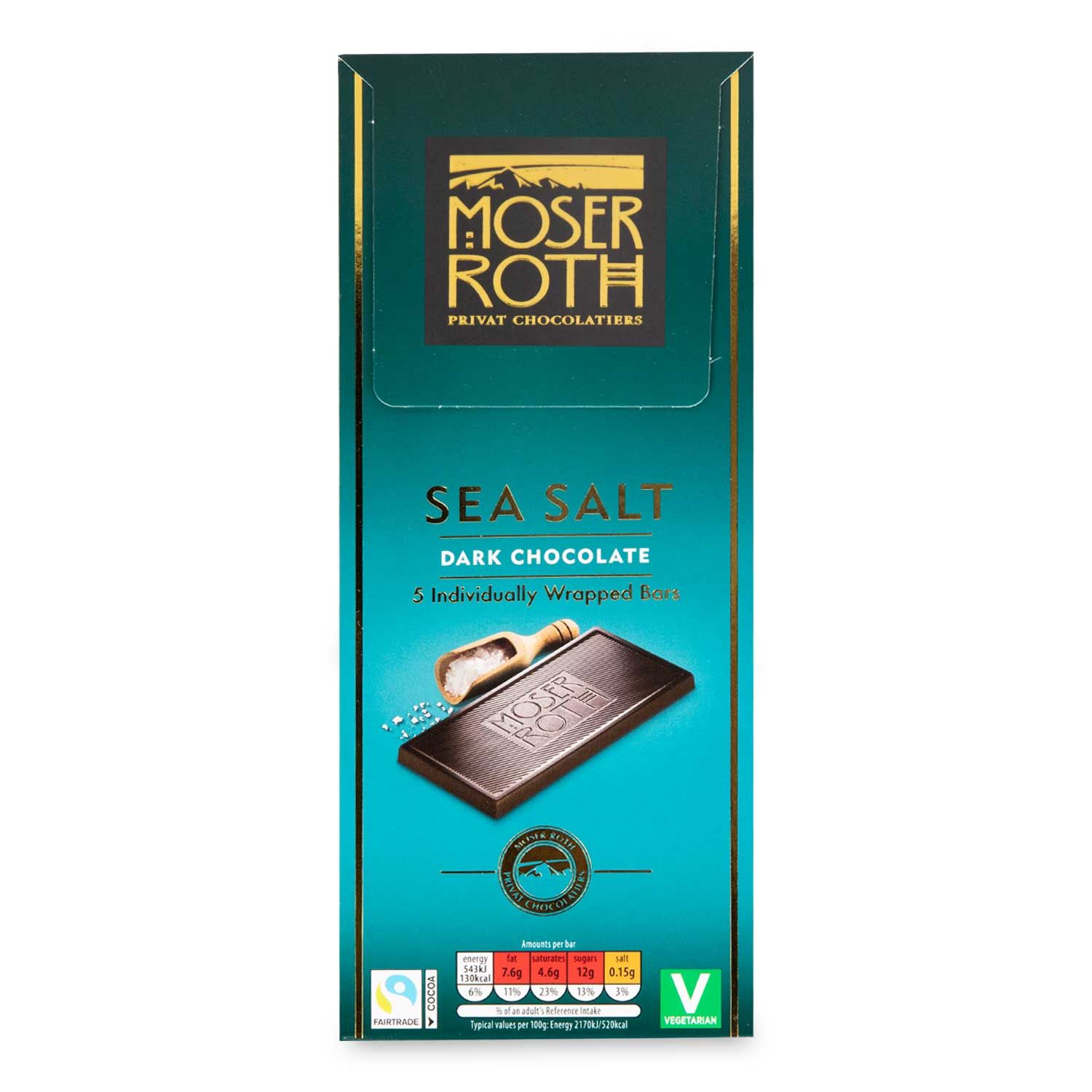
If you’re a fan of chocolate and love a great deal, Aldi is the place to be. From creamy milk chocolate to rich dark varieties, Aldi’s shelves are filled with mouth-watering options. Read More.
10 Red-Hot Costco Black Friday Deals Flying Off Shelves
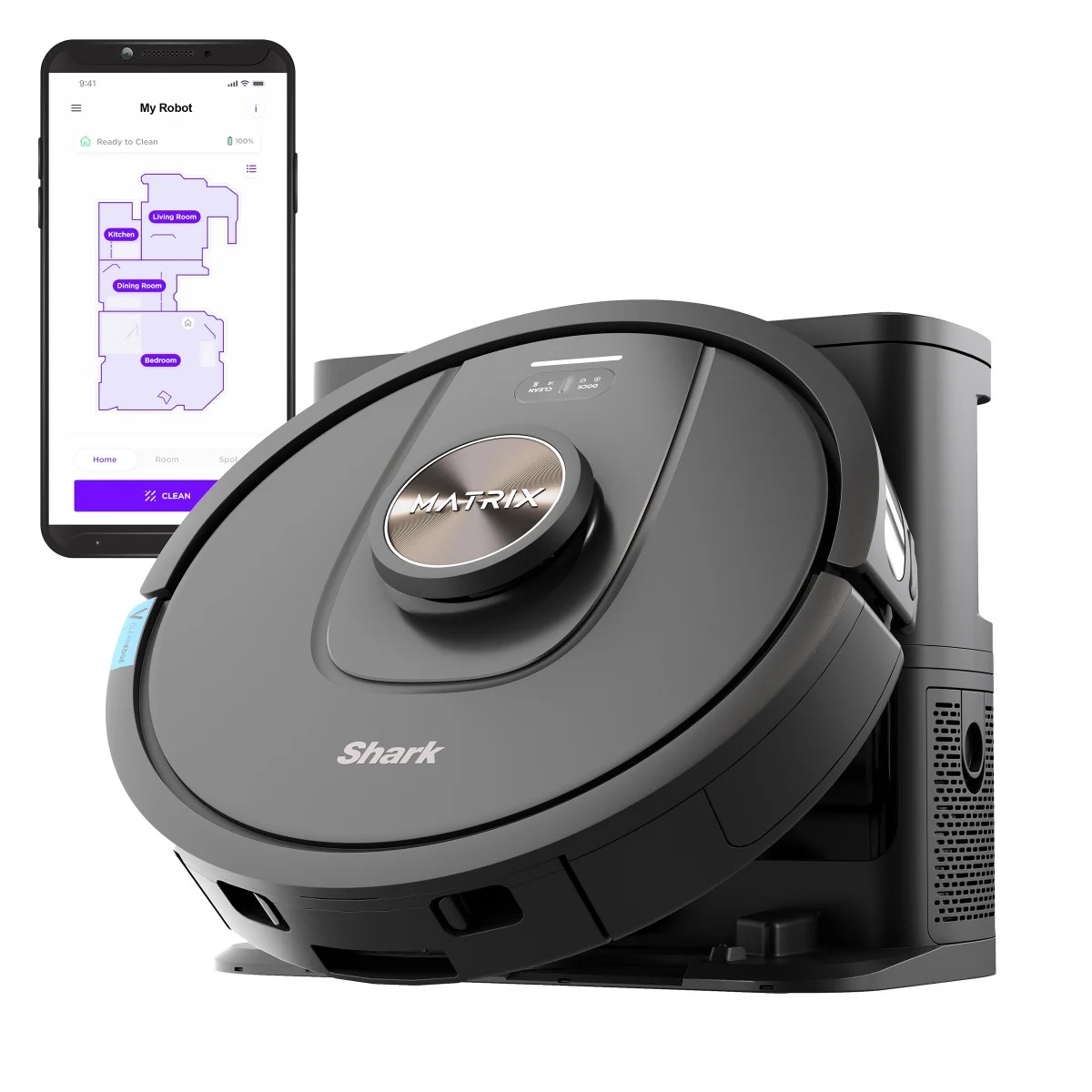
Black Friday is here, and Costco is making a big splash with some of the hottest deals around. From tech gadgets to kitchen essentials, shoppers are racing to snag these incredible discounts before they’re gone. Read More.

